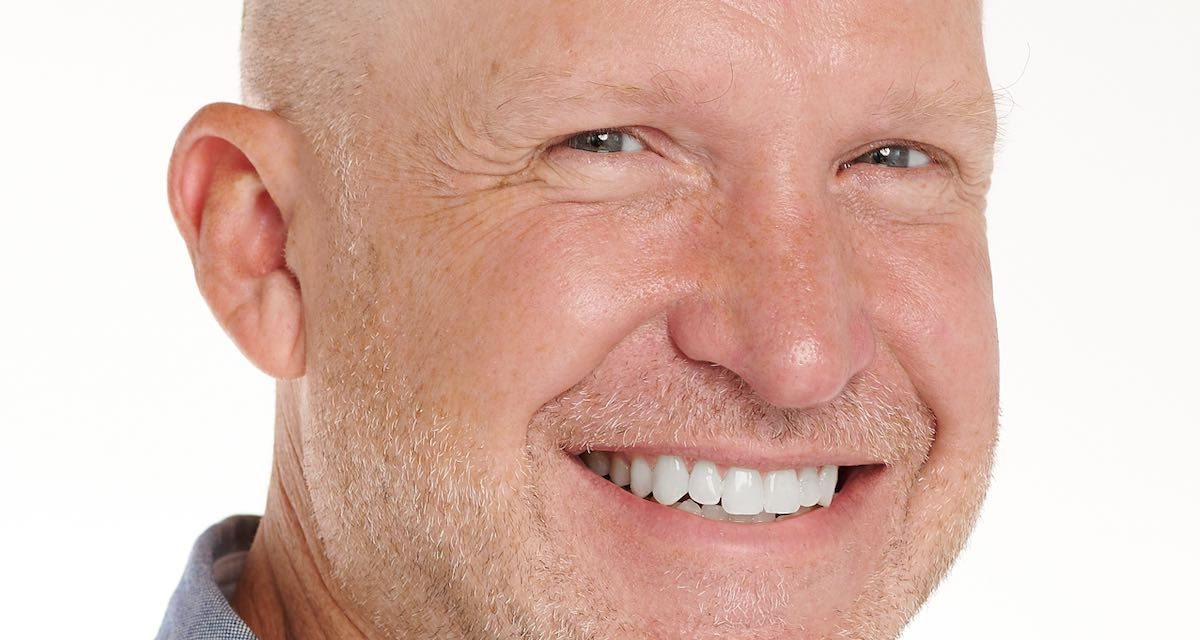
Marley Medical eyes value-based care

Madison-based Marley Medical, a virtual clinic serving patients with chronic conditions, has its eyes on value-based care.
The company launched in 2021. Co-founders David Hubanks, Chris Hogg and Joe Slavinsky all previously worked at Propeller Health, a Madison digital health company focused on helping patients manage asthma and chronic obstructive pulmonary disease. California-based ResMed acquired Propeller in 2019.
The three enjoyed working in a small company focused on solving “big problems in a different way,” said Hubanks, who is chief operating officer at Marley Medical.
“What if we started a clinic from scratch?” he asked. “And what if that clinic was really focused on chronic disease management and the idea of trying to use these new tools and technologies in a way that we could flip this on end and jump ahead to the end state where we think we will get to over the coming decades?”
They made that pitch to investors and raised $9 million through a funding round completed in 2021. Seed fund Rock Health has also been an investor.
Marley Medical now numbers 16 employees, with a clinical staff mostly located in the Midwest. It serves Wisconsin, Illinois, Ohio, Michigan, Minnesota and Missouri, with about 1,500 patients enrolled so far.
Edited excerpts from Hubanks’ interview with Wisconsin Health News are below.
WHN: What differentiates Marley Medical from other virtual care companies?
Hubanks: If you look broadly at telehealth and virtual care, there are certainly folks doing all kinds of different services. There are more consumer-y, cash-based services, where folks are just looking for a certain type of medication, and firms are making it easier for those people to get those medications. (It’s a) much more transactional standpoint.
From our standpoint, the differentiation is that we’re focused on chronic disease. That’s a much smaller subset of firms that are off doing that right now. So that’s one way.
The other way is coming at it from a data and management standpoint. We want to be able to use this technology in service of these patients to be able to manage them to goal faster. It’s building the DNA of the company around that type of algorithm, where we’re trying to look at making fast changes to their meds, which couldn’t happen in any other regular setting, to be able to get more folks to goal faster. That’s in hypertension, diabetes, lipids or cholesterol-related issues as well as obesity. So this cardiometabolic space is where we’re focused.
WHN: Why did you focus on that space?
Hubanks: These diseases are well known. A lot of the standards of care were written decades ago. The meds have been off any kind of patent for years for the most part, especially with hypertension. They’re diseases that lend themselves extremely well to virtual care.
And, in fact, we believe that part of the reason that such a small percentage of the population is actually well controlled for hypertension … is because of these barriers to access. Getting off work, getting to the doctor, having them check your blood pressure, to then change your meds, to then go pick up the prescription — there are enough steps in the process that people tend to fall down and not complete the loop, and then they end up not being at goal.
With virtual care, it can be a very light touch and low friction. It’s like sending text messages to the patient back-and-forth saying, ‘Did you pick up your medication? Is it working for you?” Things of that nature make it much easier to just continue that engagement. It doesn’t take us a lot of time. It doesn’t take the patient a lot of time. It allows us to just execute these old protocols in a much better way than they can be executed in a brick-and-mortar establishment. It’s using virtual care for what it’s best at.
WHN: What’s been the response?
Hubanks: We get incredible reviews from patients who just have been looking for something like this for a long time, who have struggled with blood pressure for 20 years and struggled to get either appointments or just didn’t find the right fit and their physician really wasn’t listening to them as much as they needed. We have a high net promoter score. It’s in the 80s, which is great for a clinic. The referrals people give are great to see.
We believe we could do a lot more. We believe we’re just getting started, but to see already that folks are appreciating this — the convenience as well as the ability to see their outcomes. After six months, 70 percent of our patients are getting to their goal … The fact that we’re able to manage them well and get them to goal is satisfying too.
WHN: What’s next?
Hubanks: We believe that our types of service line up very nicely with value-based care and the idea of designing a service that focuses on getting patients to goal, keeping patients out of the hospital, keeping patients out of expensive procedures and whatnot, and living happier and better lives as a result. So to get to those more value-based agreements or outcomes-based agreements, you have to prove yourself first.
We’re very much in the proving ground. We charge fee-for-service, like a standard clinic. Our goal is to begin to migrate ourselves more towards that outcome. We believe this is the right way to care for these types of patients that have these diseases.
The proof’s in the pudding. If we can manage it so that we are keeping people out of the hospital and are keeping people healthier and more at goal, then the costs should come with that. We’re looking forward to seeing those results.
This article first appeared in the Wisconsin Health News daily email newsletter. Sign up for your free trial here.





